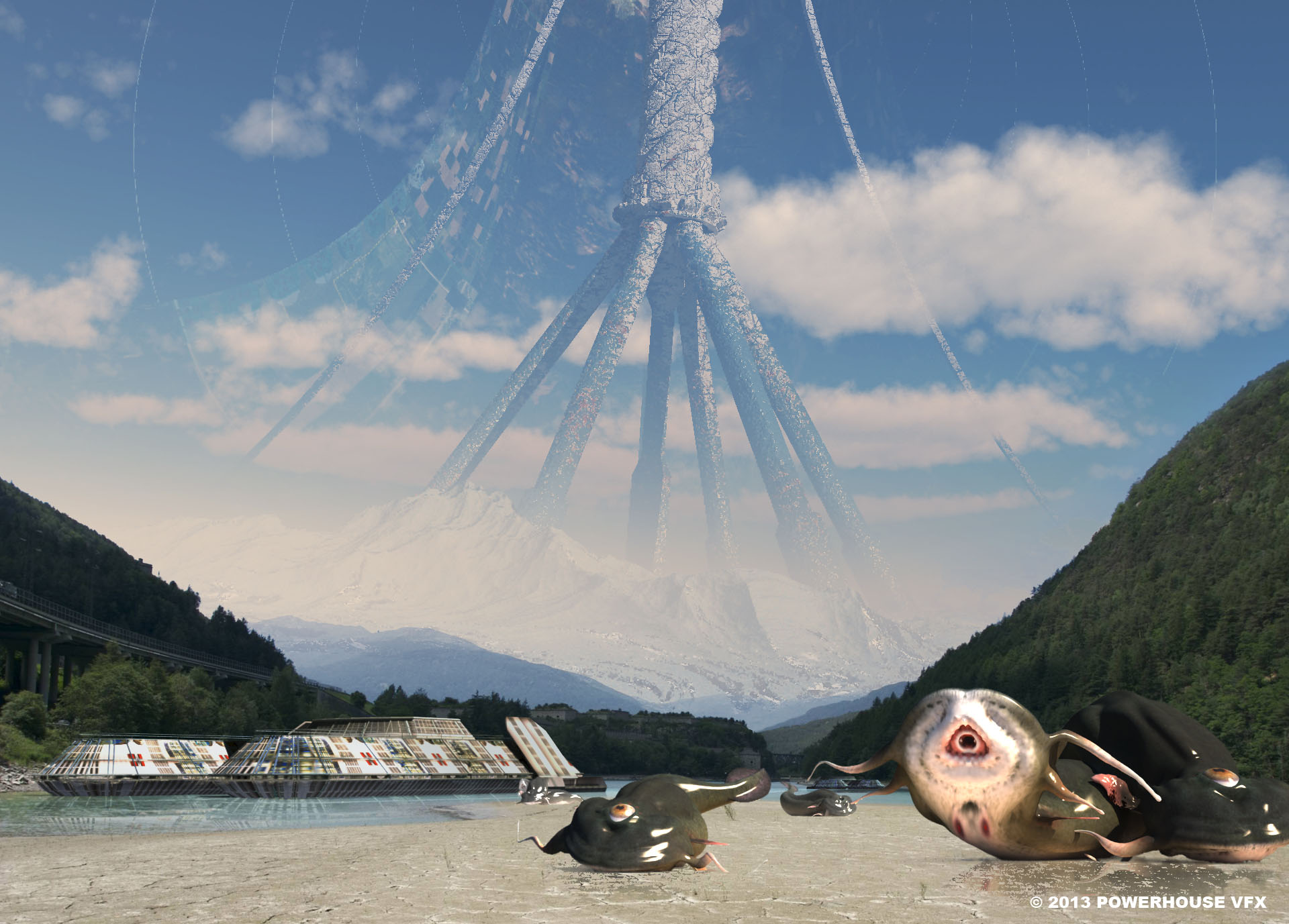Life in the Freezer
Brrrrrrrrrrrrrrrrrrrr!! You really should watch this three-hour series in the summertime. Lee and I felt colder than we actually were, watching the emperor penguins huddled in the –70 degree, 120 mph weather. Wind chill must be somewhere around absolute zero, but they survive. But we toughed it out, and now there is only one more of these to see: The Private Life of Plants. Oddly, it is not available on Region 1 DVD, which is the US and Canada, only on Region 2. Lucky Aussies.
There are six episodes:
1. The Bountiful Sea – Most life on the Antarctic continent either clusters near the shore, or lives beneath the water. We see humpback whales feeding on krill, which is the basic foodstuff for everything down south. If you don’t find krill, you die.
2. The Ice Retreats – Everything depends on the ice. During the winter the continent is almost twice its summer size, due to freezing. As the ice breaks up, penguins and others head for the land which is about to emerge. The sub-Antarctic consists of islands like South Georgia, which is home to most of the worlds’ penguins and millions of seals.
3. The Race to Breed – There ain’t much territory, and the birds and pinnipeds fight for every square inch of it. There ain’t much time, either. The Antarctic spring and summer are over almost before you know it, and the chicks and pups better be ready to fly, swim, or walk to the sea.
4. The Door Closes – Autumn, such as it is. The male emperor penguins begin their incredible vigil over their eggs. We visit the driest desert on Earth, a valley in the middle of the continent. No rain or snow has fallen there in recorded history. There is a mummified seal lying on the ice that is 3000 years old, and could have died yesterday.
5. The Big Freeze – Winter closes in. You really have to wonder, just how did it come to pass that emperors reproduce in this incredibly arduous way? Like all evolution it has to have come in small steps, but our guide, Sir David Attenborough, offers no opinion. Maybe nobody’s figured it out. There is one obvious advantage, in that nothing else winters this deep in the freezer, so there are no predators. But huddling in the dark with no food for three months seems a high price to pay for security, and for fatherhood. You’ve probably seen this before in the gooey and sentimental March of the Penguins, but this is better, because it covers a lot more ground. The Weddell seal, for instance, also stays all winter, but has the warmth (a scorching –1.8 degrees!) of the water to retreat to, and lots of food on the ocean floor.
6. Footsteps in the Snow – Concerning humanity’s brief history at the polar regions. Dave visits the headquarters of Scott’s doomed Terra Nova Expedition of 1910 and it looks like they just stepped outside for a moment to bugger the huskies. (Actually, they didn’t take dogs, and if they had they might have lived.) Now three flights a day land there, big C-130s with skis, that have to keep their engines running while on the ground so they don’t freeze. Also, time is devoted to showing how some of the incredible photography was done, and these are often my favorite parts. I wish all nature documentaries would devote a few minutes at the end to showing the risks and hardships of these incredible people who go out and bring home the footage, no matter what.
